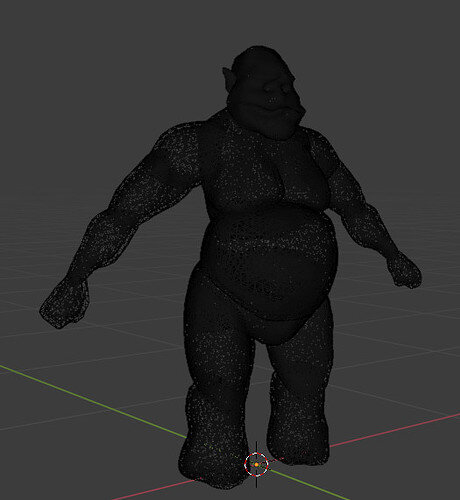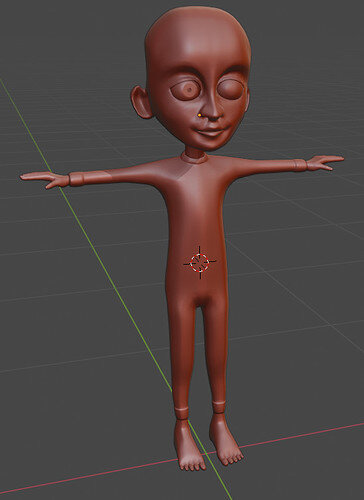Basically FedPete adressed all of your question in great way, but let me add my 2c, from Blender beginner, but a bit more experienced (still beginner though :P) gamedev perspective.
If you aim for low poly look, box modeling should be faster. The more complex the character you make the harder is to make them with box modelling techniques. I actually think that at this time sculpting is used for almost every high-poly character in games (and in movies?).
Even if as FedPete pointed out - box modelling is giving you ‘cleaner’ topology… it’s not cleaner by default. I certainly make a mess of my topology quite frequently. It comes with experience, maybe even many years of experience.
And another point to consider is that sculpting is extremely useful tool, even if you do hard surface modelling. Putting dents, distorting the shape a little, etc. (i.e., things that make objects more believable, as nothing is perfect in real world) are in my experience much easier to do with sculpting tools.
As for clothing. If you do it in Blender, then again in my opinion combining hard surface (basic shape) and sculpting (adding more organic/believable look to it like folds in cloth or dents in armor) is good approach. Though if you look at what industry is using for clothing - marvelous designer seems to be dominating that space (it’s not cheap program though).
It’s great that you are learning both sculpting and hard surface. After a while you will learn what tool is best for YOU for a given job. And knowing both will give you a greater flexibility.
PS. It would be great experiment if you would re-do both the characters in opposite techniques afterwards. That is, doing the Orc in a hard-surface way, and the boy (?) with sculpting. Don’t know if this exercise is worthy time investment though.
PS2. The “Orc course”  covers some basics of armor and clothing creation
covers some basics of armor and clothing creation 
PS3. Both character are coming along nicely 
PS4. As for retopologizng - if you find the process unsatisfactory (I certainly did), there are tools that making it easier like Instant Meshes (there are also paid plugins for Blender like quad remesher that are producing excellent results). I don’t know how long it will take, but I have a hunch (call it an educated guess as I work in AI, but not graphics related), that in not too distant* future tools for automatic retopologizing will get so good that this step will not be necessary. (* I think it’s better to be more precise this days about it - I’m talking in perspective of couple of years for Blender, not couple of months - specifying Blender here as some tools already are close to it - like 3ds max)
 ), so while getting a good body shape is important, it doesn’t exactly have to be super high detail.
), so while getting a good body shape is important, it doesn’t exactly have to be super high detail.




 covers some basics of armor and clothing creation
covers some basics of armor and clothing creation 